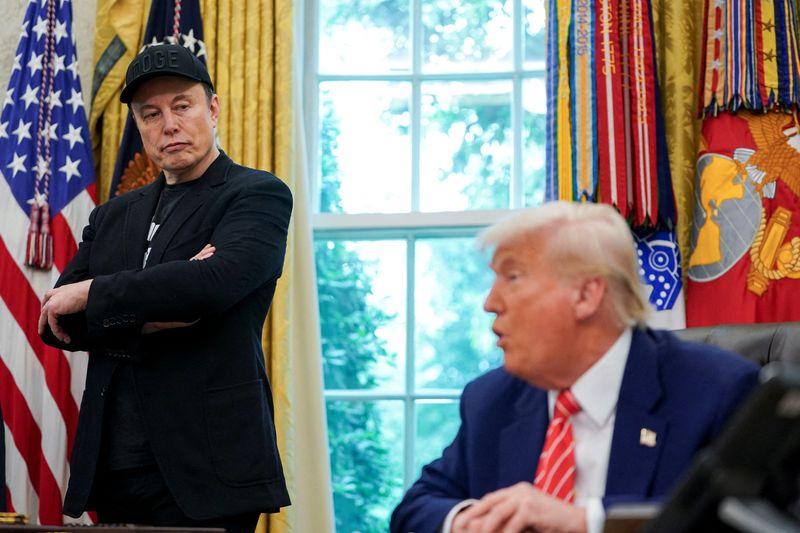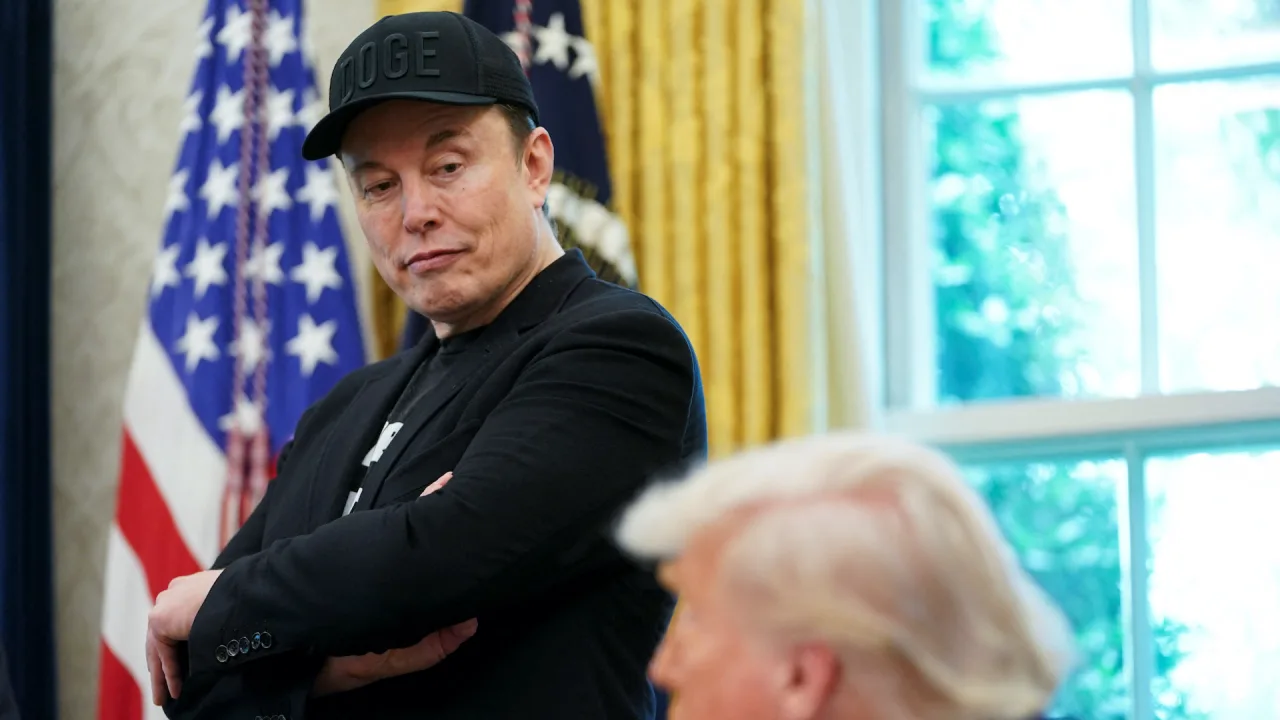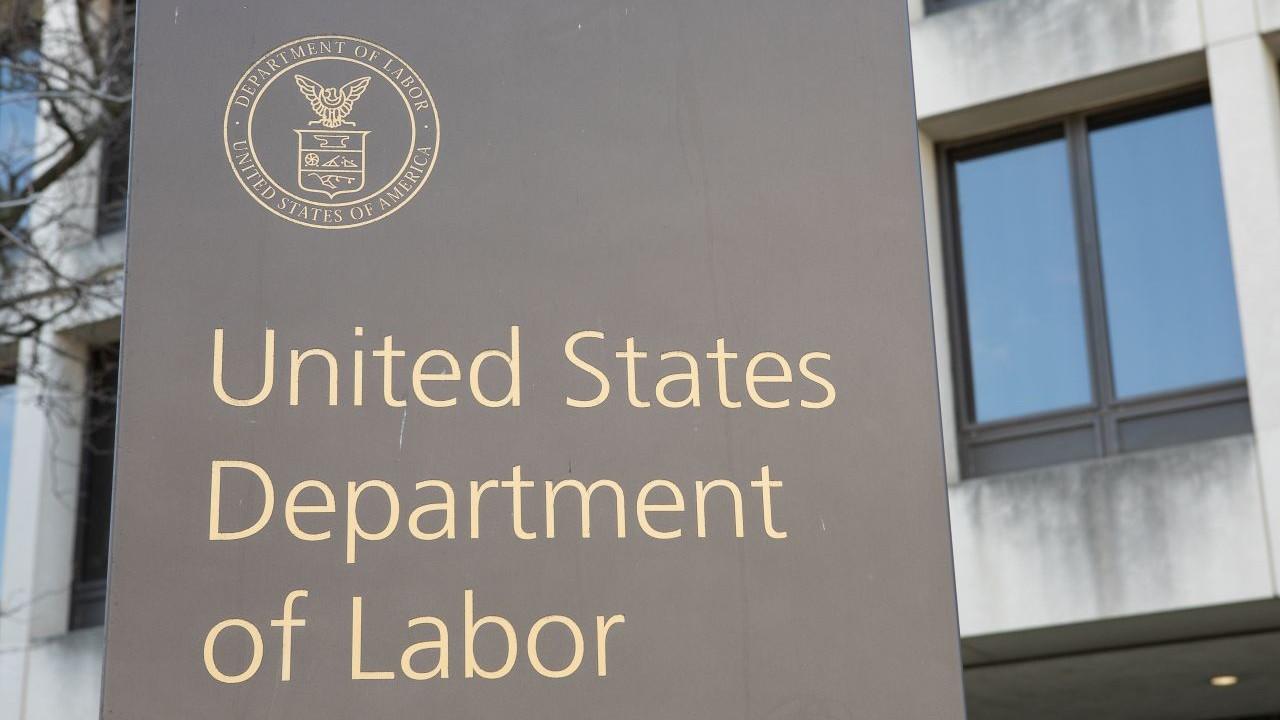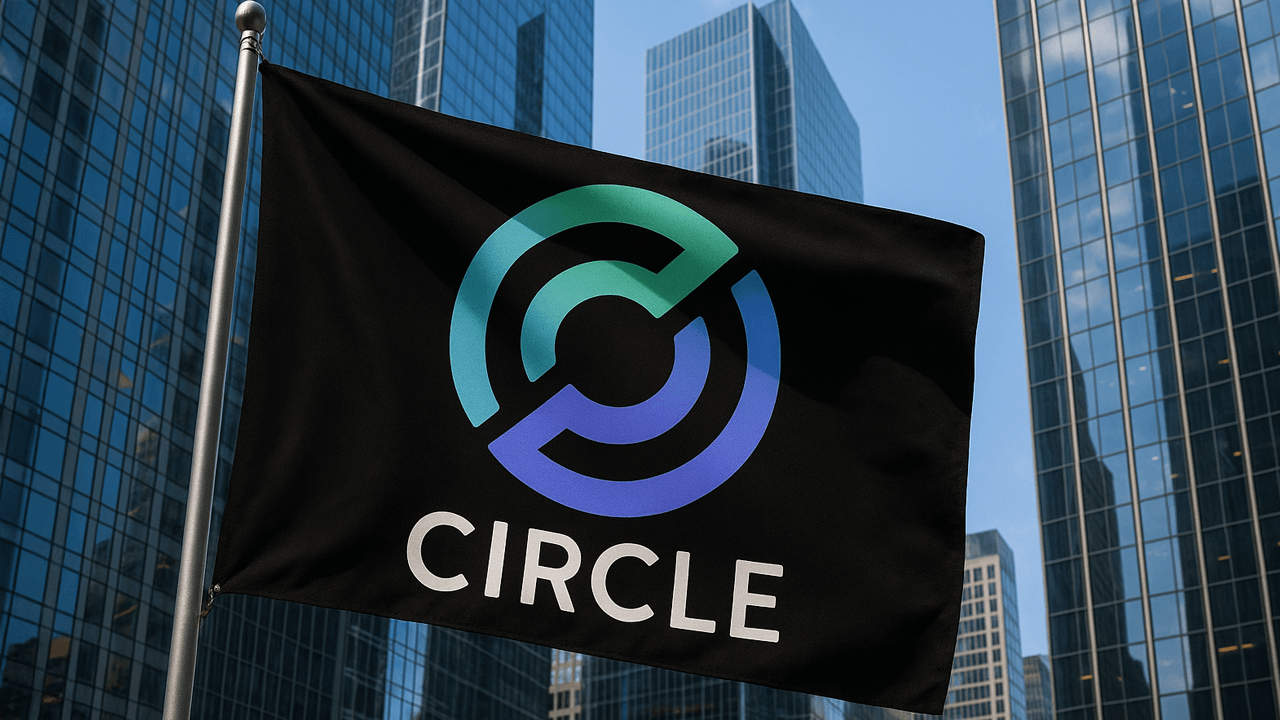We can reshore American manufacturing
In my last Fast Company column, I shared my reasons for manufacturing my electric trucks in the U.S. I’m not alone. While near-shoring to North America has been underway for several years, the current tariff shifts and shipping complexities make U.S. manufacturing a higher priority still. However, there were 292,825 factories in the U.S. as of 2021. Of those, 846 employ 1,000 people or more. Some of these are my engineering firm’s clients, giving us a front row seat to the complexity of retrofitting an existing factory to full U.S. manufacturing. While building a new factory is expensive and lengthy, these companies’ tasks are more difficult still. There are good reasons for making the shift as quickly as possible. Moving to most or fully U.S. manufacturing brings higher visibility, faster response time, and higher resilience to supply chain disruption, as well as greater protection from tariff shifts and geopolitical change. But if you’re early in the process, here’s my advice for your transition: Determine a priority ranking for the refining and raw materials you shift to in-country and North American sourcing. Give highest ranking to categories including defense, high value items (such as steel, aluminum, and rare minerals, etc.), and consumer safety items (such as pharmaceutical components, etc.). Be more strategic in the offshore suppliers you continue using for non-advanced manufacturing by prioritizing closer and more geographic-friendly locations for production and shipment such as Mexico and Argentina. Utilize government-backed capital, where possible, for extracting/mining minerals and metals such as lithium, red mud, magnesium, etc. Beyond the high-ranking product categories, move to domestic suppliers for primary materials such as steel, aluminum, cement, and plastics. Likewise, reduce offshoring of technical staff as well as raw materials, where possible. Use all means possible to become power independent through solar production, micro-grids, and nuclear power production. Consider creating a 4-year completion bonus for military vets. Hire vets wherever possible, as they make great workers and entrepreneurs. Likewise, we can press for future policy changes that best support Made in America manufacturing, as follows: Encourage ship building in the U.S., as well as creating new means of automated freight transit. Work towards transformation plans for government-funded R&D to include more attractive loans, rebates, and grants, as well as programs for tax-free status for intellectual property during commercialization, to incent and support organizations making the shift. Consider energy rebates to U.S. manufacturers and distributors to make American manufacturing more cost-effective and viable. Create policies to include the cost of offshore staff in tariff calculations. Expand trade relationships with Caribbean nations for products such as sugar, avocados, bananas, etc. Avoid or even ban foreign ownership of the food supply chain. Create fair competition for government contracting. Make health supplements and homeopathic medicines tax deductible, to promote a healthy workforce. While it may not be readily evident, these policy changes are related to successful reshoring. In all, we need larger scale, lower costs, and more automated and simplified mechanisms for product manufacturing. These issues, in my experience, are as equally important as the raw materials we require. We need increased support for niche manufacturing. In my opinion, we also need deregulation, and increased access to land (particularly in the west; the federal government owns great quantities of the available land, which is choking available supply). I believe we need better education, self-reliance, health, and incentive structures to get the capital, entrepreneurs, and workers for Made in America manufacturing. Who’s with me? Matthew Chang is the founding partner of Chang Robotics.

In my last Fast Company column, I shared my reasons for manufacturing my electric trucks in the U.S. I’m not alone. While near-shoring to North America has been underway for several years, the current tariff shifts and shipping complexities make U.S. manufacturing a higher priority still.
However, there were 292,825 factories in the U.S. as of 2021. Of those, 846 employ 1,000 people or more. Some of these are my engineering firm’s clients, giving us a front row seat to the complexity of retrofitting an existing factory to full U.S. manufacturing. While building a new factory is expensive and lengthy, these companies’ tasks are more difficult still.
There are good reasons for making the shift as quickly as possible. Moving to most or fully U.S. manufacturing brings higher visibility, faster response time, and higher resilience to supply chain disruption, as well as greater protection from tariff shifts and geopolitical change.
But if you’re early in the process, here’s my advice for your transition:
- Determine a priority ranking for the refining and raw materials you shift to in-country and North American sourcing. Give highest ranking to categories including defense, high value items (such as steel, aluminum, and rare minerals, etc.), and consumer safety items (such as pharmaceutical components, etc.).
- Be more strategic in the offshore suppliers you continue using for non-advanced manufacturing by prioritizing closer and more geographic-friendly locations for production and shipment such as Mexico and Argentina.
- Utilize government-backed capital, where possible, for extracting/mining minerals and metals such as lithium, red mud, magnesium, etc.
- Beyond the high-ranking product categories, move to domestic suppliers for primary materials such as steel, aluminum, cement, and plastics. Likewise, reduce offshoring of technical staff as well as raw materials, where possible.
- Use all means possible to become power independent through solar production, micro-grids, and nuclear power production.
- Consider creating a 4-year completion bonus for military vets. Hire vets wherever possible, as they make great workers and entrepreneurs.
Likewise, we can press for future policy changes that best support Made in America manufacturing, as follows:
- Encourage ship building in the U.S., as well as creating new means of automated freight transit.
- Work towards transformation plans for government-funded R&D to include more attractive loans, rebates, and grants, as well as programs for tax-free status for intellectual property during commercialization, to incent and support organizations making the shift.
- Consider energy rebates to U.S. manufacturers and distributors to make American manufacturing more cost-effective and viable.
- Create policies to include the cost of offshore staff in tariff calculations. Expand trade relationships with Caribbean nations for products such as sugar, avocados, bananas, etc.
- Avoid or even ban foreign ownership of the food supply chain.
- Create fair competition for government contracting.
- Make health supplements and homeopathic medicines tax deductible, to promote a healthy workforce.
While it may not be readily evident, these policy changes are related to successful reshoring. In all, we need larger scale, lower costs, and more automated and simplified mechanisms for product manufacturing. These issues, in my experience, are as equally important as the raw materials we require. We need increased support for niche manufacturing. In my opinion, we also need deregulation, and increased access to land (particularly in the west; the federal government owns great quantities of the available land, which is choking available supply).
I believe we need better education, self-reliance, health, and incentive structures to get the capital, entrepreneurs, and workers for Made in America manufacturing. Who’s with me?
Matthew Chang is the founding partner of Chang Robotics.



















































![[Weekly funding roundup May 31-June 6] VC inflow continues to remain stable](https://images.yourstory.com/cs/2/220356402d6d11e9aa979329348d4c3e/WeeklyFundingRoundupNewLogo1-1739546168054.jpg)











































































































































